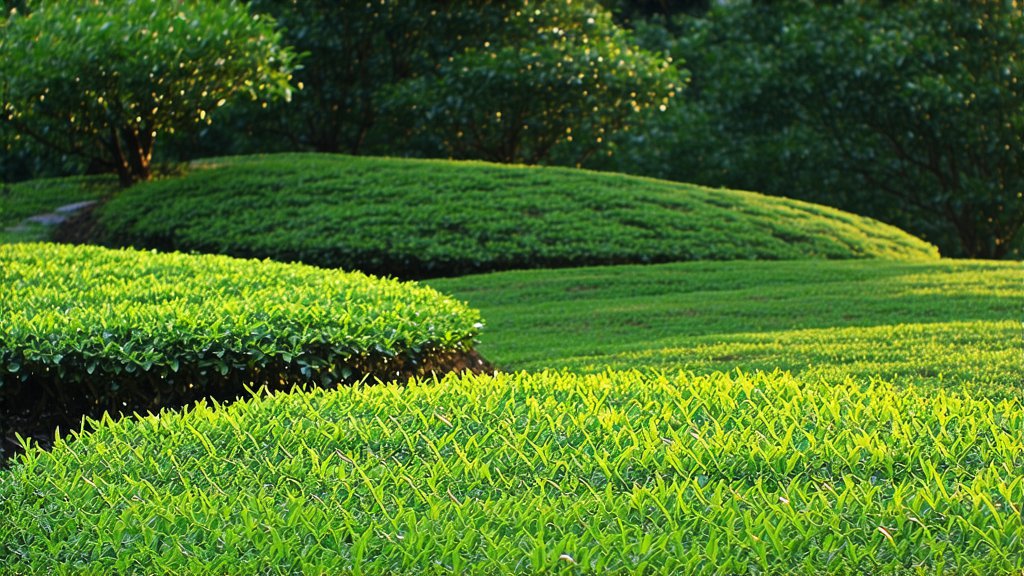
**
Chinese black tea, a treasure in the vast expanse of global tea culture, stands as a testament to China's rich tea heritage and its enduring influence on the world. Among its diverse array of varieties, each with its own unique characteristics and charm, one particularly captivating type is Keemun Black Tea. This article embarks on a journey through the annals of time to explore the history, types, intricate production process, and the art of savoring this golden elixir that has won hearts worldwide.
Unveiling the Origins: A Historical Odyssey
The story of Keemun Black Tea begins in the early 19th century, amidst the lush mountains of Anhui province, China. Legend has it that during this period, a severe drought struck the region, causing many tea farmers to turn to alternative methods for preserving their harvest. It was in these trying times that a local tea master stumbled upon a revolutionary technique that would forever change the course of tea history. By fully oxidizing the green tea leaves before drying them, he inadvertently created what we now know as black tea. This serendipitous discovery not only saved the farmers from potential ruin but also birthed a new category within the pantheon of Chinese teas.
Keemun, meaning "Qimen" in English, derives its name from the Qimen County, where it originated. Its introduction to the Western world came via the bustling port city of Canton (modern-day Guangzhou), marking the beginning of China's black tea exports. Over time, Keemun gained international acclaim, becoming a favorite among British royalty and earning the prestigious title of "Queen of Black Tea."
A Kaleidoscope of Varieties
While Keemun remains the most celebrated variety, Chinese black tea encompasses a spectrum of flavors and aromas, each reflecting the unique terroir and craftsmanship of its origin. Other notable mentions include:
-
Lapsang Souchong: Known for its distinctive smoky flavor, Lapsang Souchong hails from the Wuyi Mountains in Fujian province. The leaves are smoked over pinewood fires, imparting a bold and earthy character.
-
Dian Hong: Produced in Yunnan province, Dian Hong boasts a full-bodied taste with hints of malt and chocolate, often compared to Assam teas of India. Its large, golden tips are a hallmark of quality.
-
Sichuan Red Tea: Grown in the high-altitude regions of Sichuan, this tea features a sweet and fruity profile, with notes reminiscent of dried apricots and honey.
Each variety offers a distinct sensory experience, inviting tea enthusiasts to embark on a voyage of exploration and appreciation.
The Art of Crafting: From Leaf to Cup
The production of Chinese black tea is a meticulous process that transforms simple tea leaves into complex, aromatic brews. Here’s an overview of the traditional steps involved:
-
Withering: Freshly picked leaves are spread out in thin layers to wilt under sunlight or in controlled environments. This step reduces moisture content, allowing enzymes to initiate oxidation.
-
Rolling: The withered leaves are then rolled either by hand or machine to break down cell walls, facilitating further oxidation and releasing essential oils that contribute to the tea's aroma.
-
Oxidation: Rolled leaves are left to oxidize, a process that can take several hours. During this time, polyphenols react with oxygen, turning the leaves a dark brown color and developing the characteristic flavors and aromas of black tea.
-
Drying: Finally, the oxidized leaves are dried to reduce moisture content to around 3-5%, ensuring stability and shelf life. This step also fixes the flavors developed during oxidation.
-
Sorting and Grading: After drying, the tea is sorted and graded based on leaf size, shape, and quality. Higher grades typically consist of more whole leaves and buds, while lower grades may include broken pieces and fannings.
The result is a product that embodies the essence of its origin, ready to be brewed and enjoyed.
Savoring the Elixir: The Art of Tasting
Tasting Chinese black tea is an experience that engages all senses, a ritual steeped in tradition and mindfulness. Here’s how to appreciate it fully:
-
Preparation: Start with fresh, cold water heated to just below boiling (around 90-95°C or 194-203°F). Use about one teaspoon of loose tea per cup or adjust according to personal preference.
-
Brewing: Place the tea in a warmed pot or gaiwan (a traditional Chinese teapot without a handle), pour hot water over the leaves, and let them infuse for 3-5 minutes. The first infusion is often discarded to 'wash' the leaves, followed by subsequent steepings that reveal deeper flavors.
-
Observation: Admire the tea's color, noting its clarity and depth. A good black tea will have a bright, amber hue, indicative of its quality.
-
Aroma: Inhale deeply to capture the tea's fragrance, which can range from floral and fruity to smoky and earthy, depending on the variety.
-
Tasting: Take a small sip, allowing the liquid to coat your palate. Pay attention to the tea's body, astringency, sweetness, and aftertaste. A well-balanced black tea should leave a pleasant, lingering finish.
-
Multiple Infusions: Unlike some other teas, black tea can be steeped multiple times, each infusion revealing different facets of its complexity. Adjust steeping times accordingly, gradually increasing them for subsequent brews.
In conclusion, Chinese black tea, with its storied past and diverse present, offers a window into the soul of Chinese tea culture. Whether you're a seasoned connoisseur or a curious newcomer, exploring the world of tea, there's always something new to discover in this golden elixir. So, pick a variety, brew a pot, and let the journey begin.